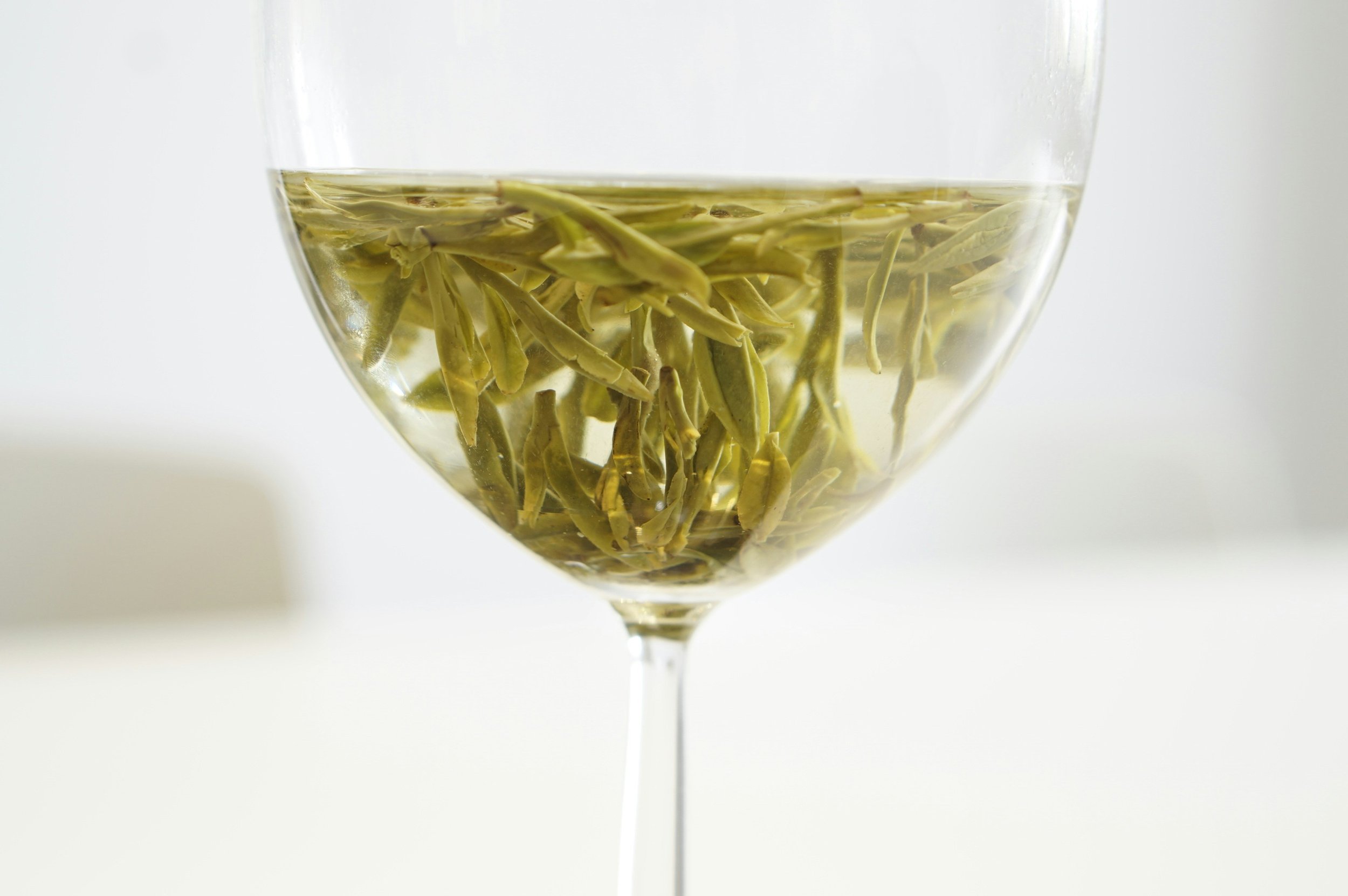Cue Verjus: The "Other Green Juice" We Should be Drinking More Of This Summer
by Rachel DelRocco Terazes
In 2024, the choice of non-alcoholic offerings is overwhelming but also overwhelming in its sales growth. Although beer and spirits have found a comfortable niche in the NA world, wine is still working through its growing pains. One of the issues in finding a viable alternative is the expectation of NA wines not just to be like its alcoholic alter-ego but to be just as structured and storied. But maybe it's not about the status quo. Perhaps we go back to the root—the grapevine—and look at it with a new lens—cue verjus.
Verjus is the pressed juice of unripened grapes and has been used for centuries, if not longer. The word is derived from the French vertjus or "green juice"—referencing the product's foundation—early-harvested grapes. It was historically used as an acidic and tart ingredient with similar properties to vinegar. Over time, it eventually got replaced by citrus juice, first orange, then lemon. If you look hard enough, verjus is still used today in both the kitchen and the bar in dressings, sauces, and as ingredients in cocktails.
The juice is pressed from grape clusters that are harvested or cut closer to the onset of veraison, a period in the vine's lifespan where the grape begins to ripen and the skins change color. This is also the time when vineyard workers begin crop thinning, where clusters are cut from vines to redirect natural resources to other clusters, ultimately leading to concentration, quality, and affecting yield. The "thinned" fruit is generally discarded or left in the vineyard to rot. Verjus is the product when these clusters are harvested instead.
I was recently sent samples of Kally, which sent me down this specific rabbit hole. They're a non-alcoholic brand started by Katie and Scott Mitic. They approached production of their verjus-based bottlings by wanting to still impart the idea of terroir and also provide an alternative to dealcoholization. The juice in their Early Chardonnay is made from Sonoma County Chardonnay, and their Early Cabernet red is made from Cabernet Sauvignon. It's then fortified with decaffeinated teas, herbs, and fruit juice. And they may be onto something.
Many wineries have verjus offerings; a quick search shows options from Wölffer Estate in New York and Navarro Vineyards & Winery and Scribe in California. Verjus offerings may be a way to start incorporating terroir into NA options while allowing wineries and winemakers to be innovative and speak to growing consumer demographics. Verjus is a multi-use beverage that has its own history and production methods. It can also be more sustainable and financially viable. The financial question comes down to the specific winery's budget, but it's safe to say that verjus production is a way to reuse waste rather than discard thinned crops.
A study from Texas A&M on the economic feasibility of verjus production in Texas vineyards concluded that "embracing verjus production could enable vineyards to adopt more sustainable practices, which aligns with consumer demand for environmentally friendly products. By utilizing unripe grapes that would otherwise go to waste, vineyards can reduce food waste and maximize resource utilization, fostering a sense of conscious and responsible production…this resonates with consumers who prioritize supporting environmentally conscious brands."
This study also concludes that verjus production can be financially beneficial as long as budgets consider consumers' willingness to buy it. But I think it's safe to say that the search for products of this nature is not going away soon.
It may be a way to not only consumers' hands but also those in the industry, especially those who drink in moderation who have a tough time finding a proper equivalent to the sensory experience of a glass of wine.
The Australian Society of Viticulture and Oenology conducted their own verjus study on the perception of the product from both consumers and industry professionals, and not only was it favorable but similar to experiencing grape varietal markers, "Products exhibited a diverse sensory profile indicating that, despite grapes being unripe/not fully matured and lacking complete development of aroma compounds, consumers were able to perceive many [favourable] attributes beyond just sourness and sweetness, the otherwise primary features of this product."
And with Kally, it's true. The Chardonnay and Cabernet Sauvignon bases are distinctly there, highlighted by the addition of complementary juices. The blend of herbs and tea felt like winemaker's choice that was ultimately refreshing and unique.
They conclude, "Considering the versatility of verjuice in multiple food applications and its alignment with sustainability and circular narratives, it emerges as a product with promising economic potential."
We will raise a glass to that!






